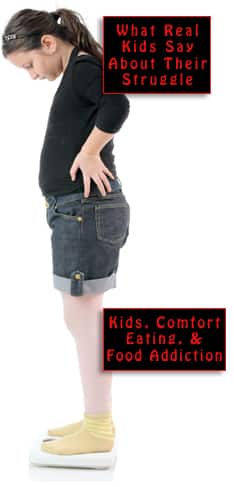
There is a lot going on. People want instructions. “Do this, this, and this.” Often, they will. But science changes. Every now and then, researchers have to say, “Our best knowledge used to be Theory A, and we acted upon it. We made policy, and people cooperated, and conditions improved. Now, more work has been done, and it looks like Theory B is even better. So our advice has changed.”
For some reason, people seem unable to tolerate making such a change. They feel betrayed and hurt, and want to pout, “No fair! You told us Theory A, and we did what you said, and now you want us to do something else! You are a bunch of hypocrites!” — and so on. At any point in history, human nature contains a certain irreducible amount of stubborn ignorance, and the present time and place are no exceptions. So now, it looks like the task is to change human nature — which brings up a whole new set of challenges.
Avoidance
Many people are very interested in knowing how to avoid contracting COVID-19. For instance, if a live virus lands on a surface, how long does it live? Lately, some sources have led the public to believe that we don’t need to worry too much about what is called fomite transmission. In other words, picking it up from countertops, doorknobs, trashcan lids, etc. But those reassurances might be overly optimistic.
A certain contingent of researchers put a lot of work into answering a whole set of meaningful questions, and they reported back in quite a lot of detail. One example of their results:
With initial viral loads broadly equivalent to the highest titres excreted by infectious patients, viable virus was isolated for up to 28 days at 20°C from common surfaces such as glass, stainless steel and both paper and polymer banknotes.
Conclusion: These findings demonstrate SARS-CoV-2 can remain infectious for significantly longer time periods than generally considered possible.
Well, 20° Centigrade equals 68° Fahrenheit, about a normal home temperature in the USA. And these scientists found that a virus capable of invading a human body and endlessly reproducing itself can live for almost a month on stainless steel, like your kitchen sink, or banknotes, like the money in your wallet. And then, there is the sobering news that the virus can survive on human skin for an average of 11 hours. In public places, it’s crazy. Beware of “touchscreens on mobile phones, bank ATMs, airport check-in kiosks and supermarket self-serve kiosks.”
Also in October, the Centers for Disease Control issued new guidance, spelled out by journalist Zachary Mack:
The previous definition of “close contact” meant spending 15 “consecutive minutes” within six feet of someone who’s infected with the coronavirus. Now, it has been changed to include anyone who has spent a total of 15 minutes over a 24-hour period with an infected person, according to the CDC’s statement.
Just in case that didn’t register, Mack rephrases slightly, to emphasize that “spending 15 minutes with someone infected with the virus over the course of a day is considered a ‘close contact’ and can be long enough for you to catch COVID from them.”
Here is another chilling fact: Although the body of a vaccinated person may well resist COVID-19, nobody knows yet whether that person can still transmit the virus to others. Common sense would dictate that if they just picked it up from an ATM touchscreen, and the two of you shake hands, those tiny invisible organisms could quite probably be passed along.
Currently, America is going through the excruciating process of wondering where the vaccine is, and how to decide who gets it. When airing our opinions about that, we might want to remember this: Apparently, for “herd immunity” to be achieved, the entire herd must be included. As writer Tara Haelle points out,
An estimated 10.5 million-12 million undocumented immigrants live in the U.S., and we can’t stop the pandemic without vaccinating them as well. Requiring identification or placing vaccination clinics close to government buildings may create barriers to this population…
… Which of course gives the virus yet more encouragement to live long and prosper.
Your responses and feedback are welcome!
Source: “The effect of temperature on persistence of SARS-CoV-2 on common surfaces,” BiomedCentral.com, 10/07/20
Source: “The CDC Now Says You Can Catch COVID From Someone in Exactly This Long,” BestLifeOnline.com, 10/21/20
Source: “Can Someone Who Gets Vaccinated Against Covid-19 Still Transmit the Disease?,” Medium.com, 12/16/20
Source: “Every Covid-19 Vaccine Question You’ll Ever Have, Answered,” Medium.com, 12/10/20
Image by Baker County Tourism/CC BY-SA 2.0

 FAQs and Media Requests:
FAQs and Media Requests: 











